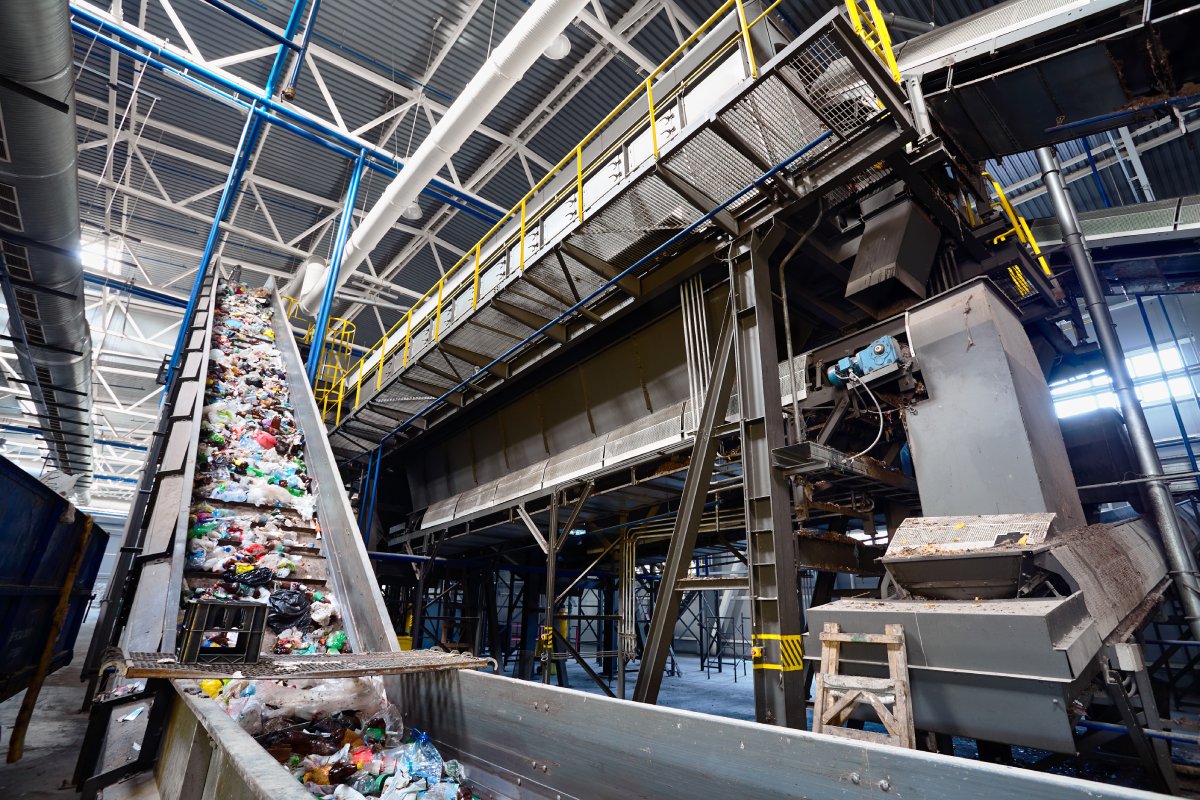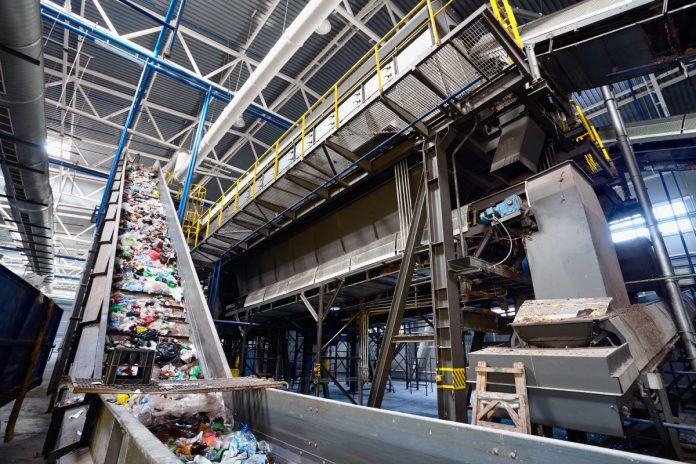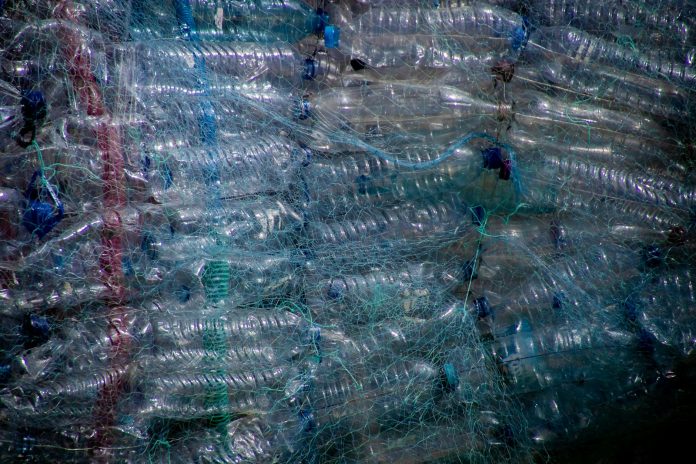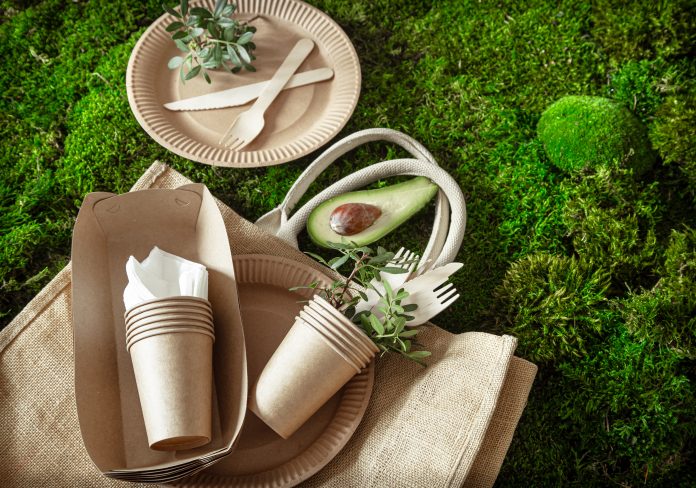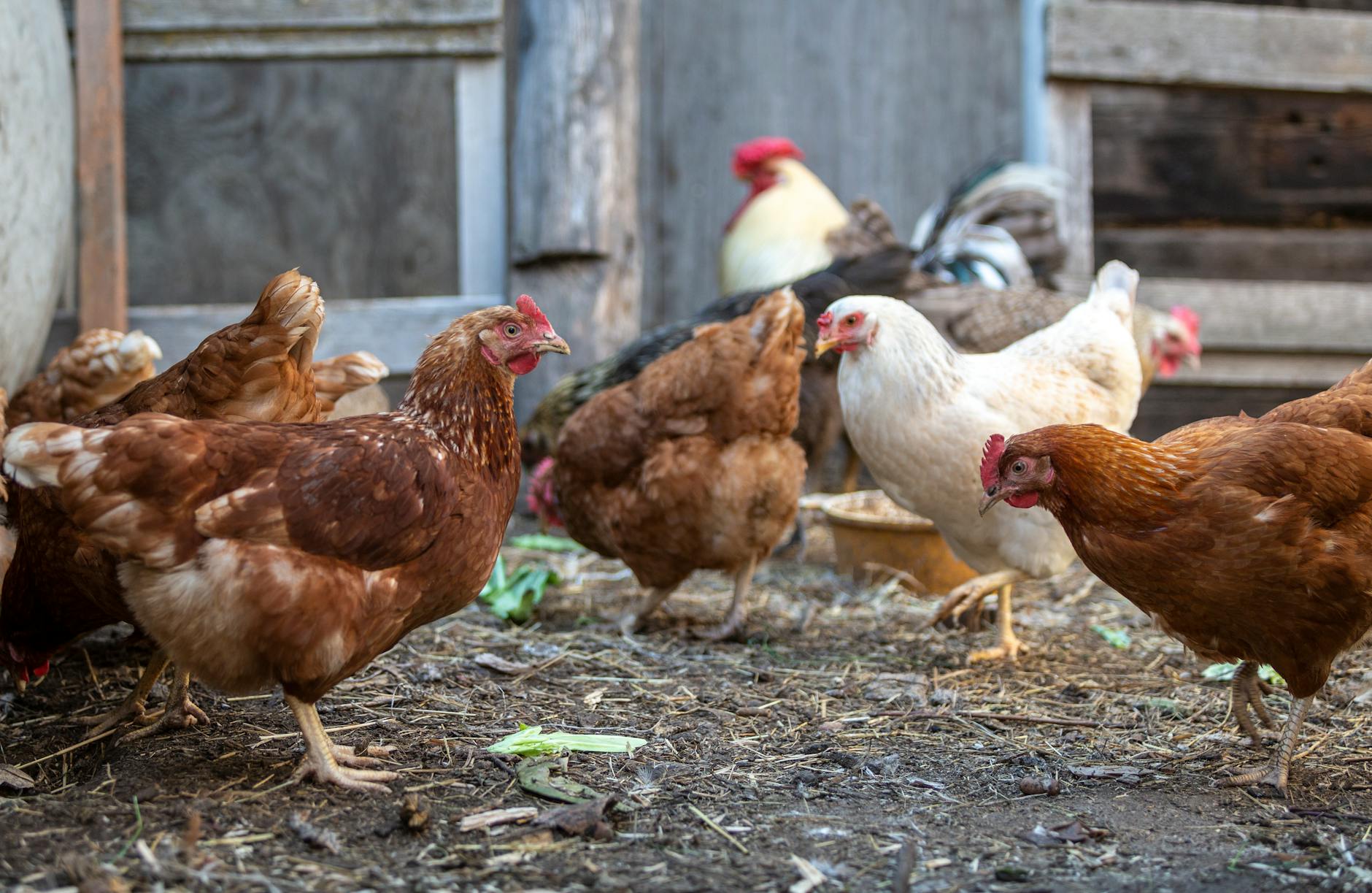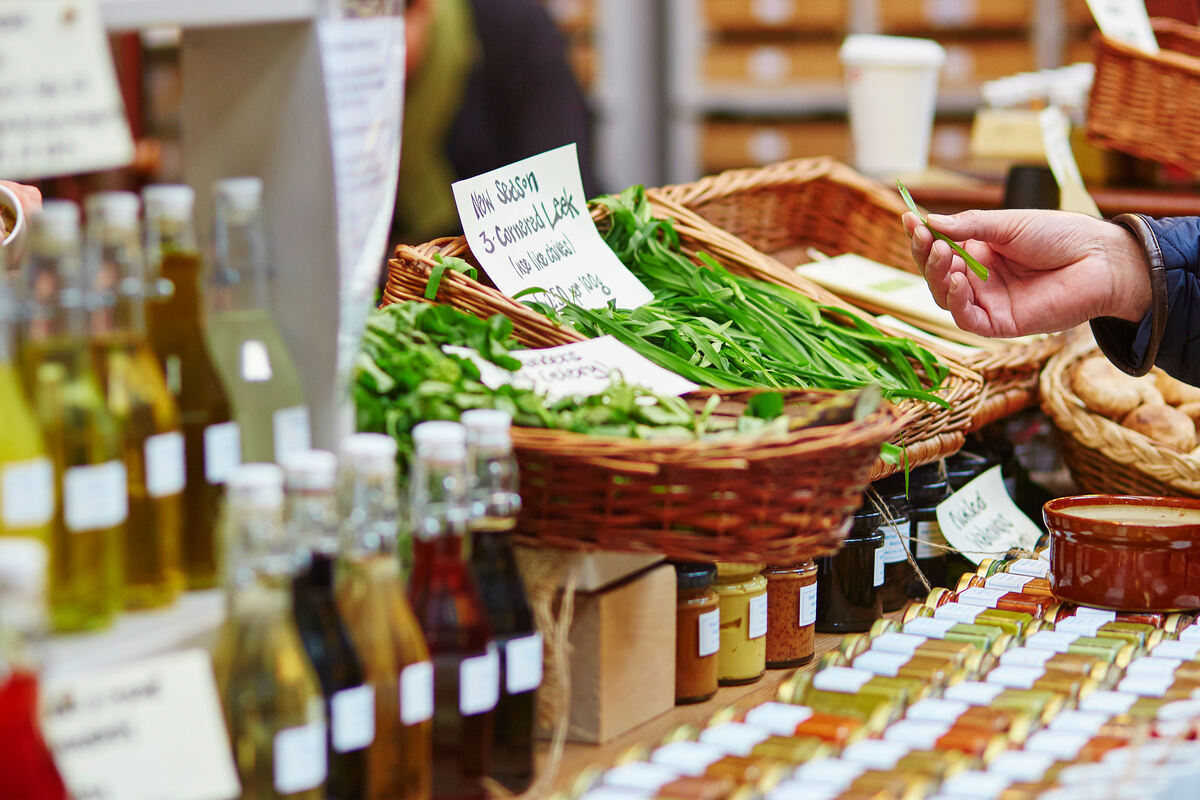Recycling is a fantastic way to reduce waste and keep our planet clean, but not all materials can easily go through the standard recycling process. These materials require specialized facilities or innovative technology to process. For eco-conscious business owners, understanding which materials fall in this category can guide smarter choices about packaging and waste management.
Below, we’ll explore four materials that are extremely difficult to recycle, why they’re problematic, and what you can do to make more sustainable decisions.
Expanded Polystyrene (Styrofoam)

Expanded polystyrene (EPS), commonly known as Styrofoam, is everywhere—from take-out containers to packing peanuts. Unfortunately, it’s very difficult to recycle. Most recycling facilities don’t accept it because it’s lightweight and easily contaminated by food or liquids, which decreases its value for reuse. Plus, even when it’s recycled, the process can often cost more than producing new polystyrene.
For businesses, this is where evaluating the hidden costs of EPS becomes critical. Switching to compostable or biodegradable packaging solutions can help reduce waste and environmental harm without breaking the bank.
Mixed Plastics
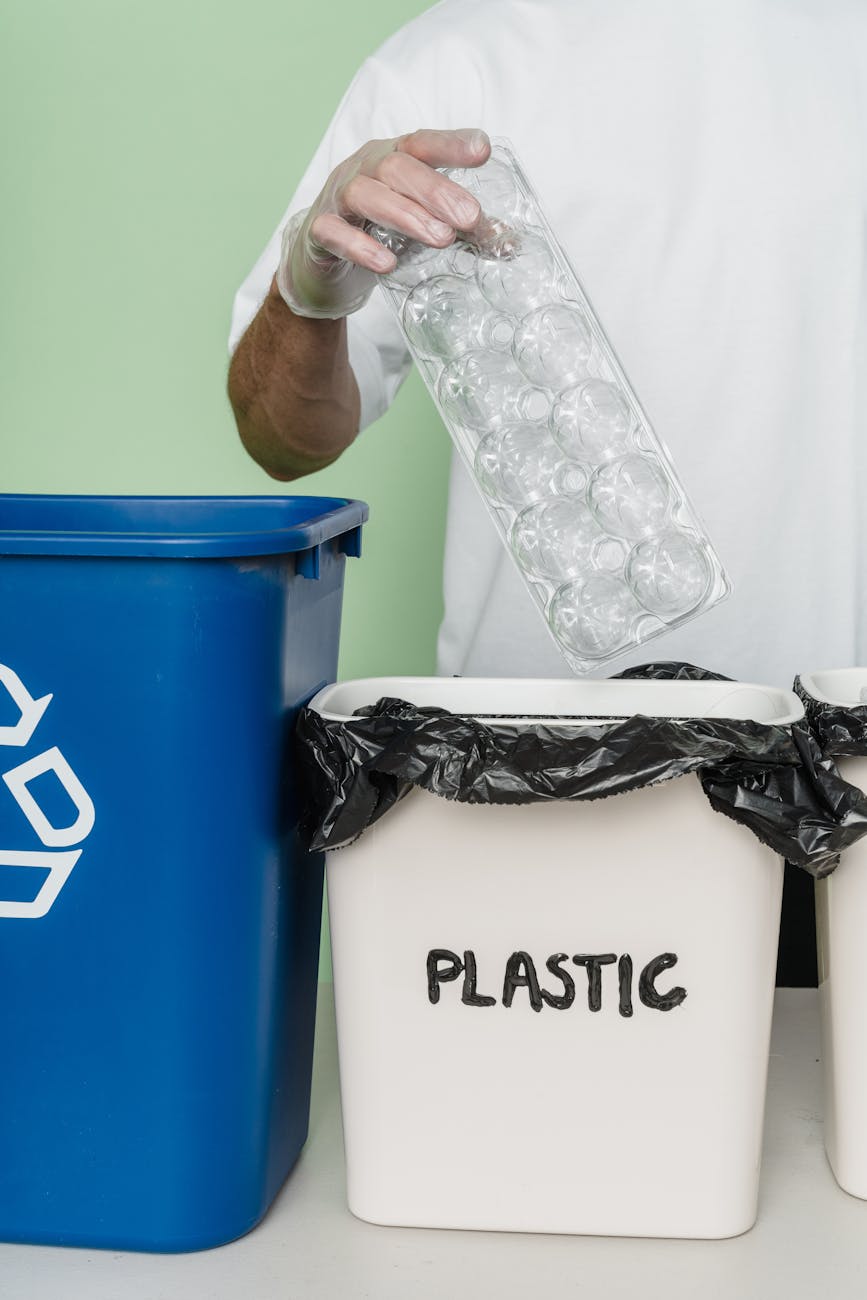
You may have noticed that certain plastic bottles bear confusing recycling symbols. Mixed plastics used for food containers, plastic tubs, or snack packaging often fall into this category. The problem is that they have varying resin codes or are made of multiple types of plastic that can’t be processed together. Sorting these materials requires a level of precision that most recycling centers can’t provide, leading to large amounts heading straight to the landfill.
Consider alternatives such as single-plastic containers or materials labeled as widely recyclable. Clear labels also reduce consumer confusion and make recycling far easier for everyone.
Multilayered Packaging
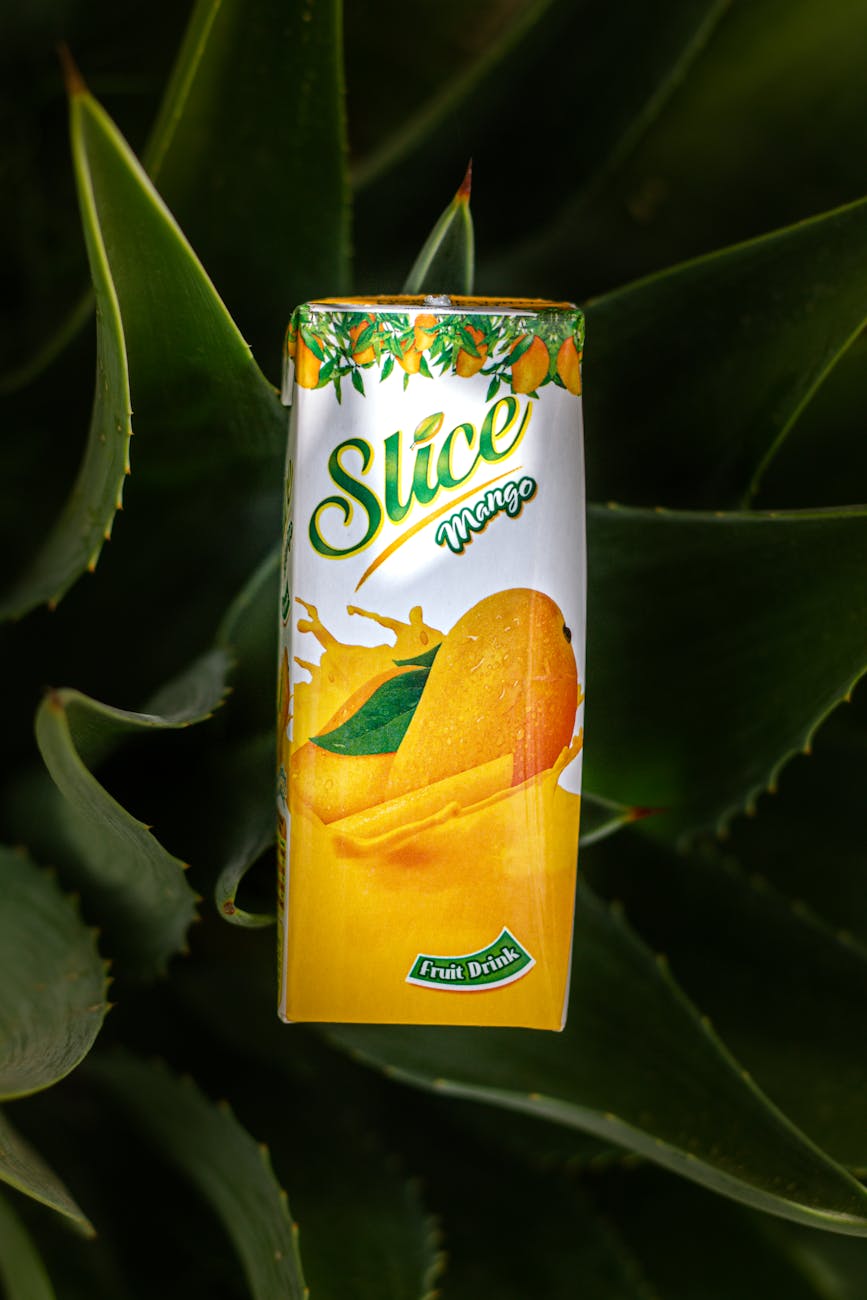
Juice boxes, chip bags, and other convenient multilayered packaging might seem like a great solution for product freshness, but they’re very difficult to recycle. These items often consist of layers of plastic, aluminum, and paper fused together. The challenge lies in separating the layers for individual recycling. This process is highly complex and requires advanced technology that’s not available everywhere.
For businesses, adopting eco-friendly packaging designs or collaborating with suppliers offering mono-material options can significantly reduce waste.
PVC (Polyvinyl Chloride)

PVC is a versatile material found in pipes, medical equipment, and window frames. Its recycling challenges stem from its chemical composition and the toxic byproducts released during the recycling process. Another issue is that many facilities can’t process PVC due to these hazards and the specialized equipment required.
Reducing reliance on PVC in your operations and opting for alternative materials such as PET (polyethylene terephthalate) or HDPE (high-density polyethylene) can make a big difference. Plus, customers increasingly appreciate brands that prioritize safer, greener solutions.
Avoiding these materials that are extremely difficult to recycle requires both awareness and action. While the challenges are clear, so are the opportunities to make better, more informed decisions. Whether you’re opting for sustainable packaging, supporting innovations in recycling technology, or reassessing material choices, small changes can have a big impact. Take the first step today by rethinking your product packaging and encouraging greener habits within your team.

